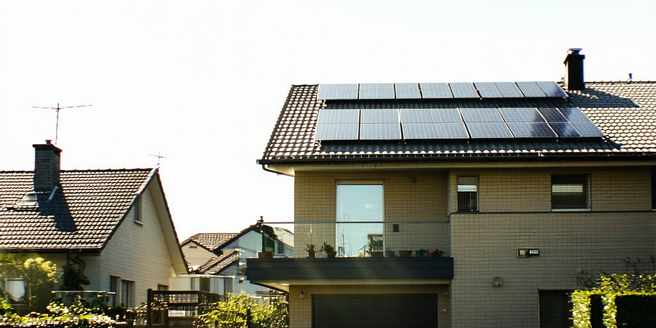Free Insulation Evaluations: Boosting Energy Efficiency

Understanding the Importance of Insulation
Insulation plays a crucial role in maintaining a building’s energy efficiency by reducing heat loss in winter and keeping heat out in summer. Proper insulation can significantly lower energy bills, enhance indoor comfort, and contribute to environmental sustainability by reducing carbon footprints. There are various types of insulation materials available, each catering to specific needs, and understanding these can help make informed decisions. Homeowners should consider the R-value, which measures the material’s resistance to heat flow, in selecting the appropriate insulation. Over time, insulation can deteriorate, leading to inefficiencies and increased energy costs. As such, regular assessments are vital in maintaining optimal energy performance. Free insulation evaluations offer an opportunity to examine existing installations and address any identified issues.
How Free Evaluations Work
Free insulation evaluations are designed to offer homeowners insight into their current insulation’s effectiveness without any financial commitment. The process usually involves a thorough examination by professionals who assess the quality, type, and condition of the insulation. Armed with specialized tools, they can detect areas lacking coverage, uneven insulation, or materials that have aged poorly. Once the evaluation is complete, the homeowner receives a detailed report highlighting specific energy efficiency concerns and potential solutions. This invaluable information allows homeowners to prioritize upgrades and understand the potential savings on energy bills. By facilitating these no-cost evaluations, companies aim to promote energy efficiency awareness and empower homeowners to make educated decisions regarding home improvements.
Identifying Common Insulation Issues
Insulation problems can manifest in numerous ways, impacting a home’s energy efficiency. One prevalent issue is poor installation, often resulting in gaps or compressed material that diminishes effectiveness. Over time, insulation may also settle or shift, further reducing coverage. It’s important for homeowners to be aware of these potential issues early on. Moisture intrusion is another concern, as it can degrade the material, leading to mold growth and compromised air quality. Pest infestations might lead to damaged insulation, while material age can also play a significant role in decreased performance. Recognizing these common issues during an evaluation is crucial to maintaining a home’s energy efficiency. Free evaluations help identify such problems, allowing households to take appropriate corrective measures and restore their insulation’s optimal function.
Benefits of Energy-Efficient Homes
Energy-efficient homes not only reduce environmental impact but also offer substantial economic and lifestyle benefits. By minimizing energy waste, homeowners can significantly lower their utility bills. Enhanced insulation is key in achieving energy efficiency, providing year-round comfort by maintaining consistent indoor temperatures, which is particularly beneficial during extreme weather conditions. An efficient home also increases property value since potential buyers are often willing to pay a premium for environmentally friendly features. Furthermore, it contributes to a healthier indoor environment, reducing allergens and improving air quality. As global awareness of climate change grows, the demand for energy-efficient homes is likely to increase, making now an ideal time for homeowners to consider upgrades like improved insulation.
Taking the Next Steps After Evaluation
Following a free insulation evaluation, homeowners are equipped with a clear understanding of their current insulation status and areas needing improvement. The next step is to develop a plan of action based on the recommendations provided. Implementing these changes can significantly enhance comfort and reduce energy bills. This may involve hiring a professional to address identified issues or undertaking DIY projects for minor improvements. Understanding the cost implications and potential savings is crucial in making informed decisions. Prioritizing upgrades based on energy savings potential ensures maximum return on investment. Scheduling regular follow-up assessments can further maintain efficiency gains. Ultimately, homeowners who take proactive steps post-evaluation not only invest in their property’s energy efficiency but also contribute positively to environmental efforts.